What Is Cloud Computing?
What is Cloud Computing?
Cloud computing refers to the process of using Internet-hosted servers, virtual machines, or software as a service, allowing users to access services without needing the knowledge, expertise, or control over the infrastructure that supports them.
Through cloud computing, important data can be accessed at any time with internet connectivity, regardless of where the user is located. It also allows organizations the flexibility to allocate and reallocate resources based on their dynamic needs.
Cloud providers such as Amazon Web Services (AWS), Microsoft Azure, and Google Cloud, provide computing resources to users and organizations all over the world.
The cloud has paved the way for organizations across industries to undergo digital transformation.
Benefits of cloud computing
Because organizations are freed of the burden and responsibility of maintaining and paying for their own infrastructure, the time it takes to develop and deploy applications and services is drastically reduced. Organizations can focus on application development rather than the laborious manual upkeep and maintenance of infrastructure to ensure that software and tools are on the latest versions.
Through the cloud, organizations become more streamlined — therefore, they are able to reach their customers faster, test and deploy their applications quicker, and drive innovation further.
The National Institute of Science and Technology (NIST) provided five essential characteristics for what each cloud model should have:
 |
On-demand self-service Users can automatically arrange for cloud computing resources according to their needs and demands, without needing to communicate first with their cloud service provider. |
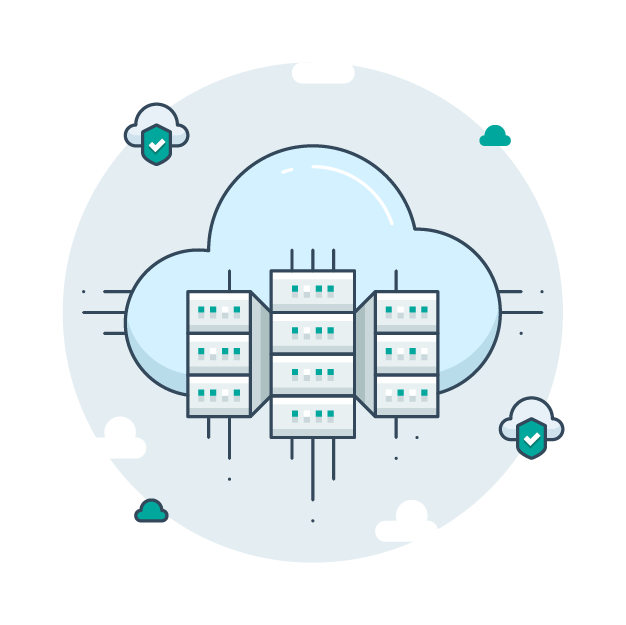 |
Broad network access With internet connectivity, users can access user-friendly and cloud-dependent capabilities over any platform — whether via mobile phone, a laptop, or a workstation — anywhere in the world. |
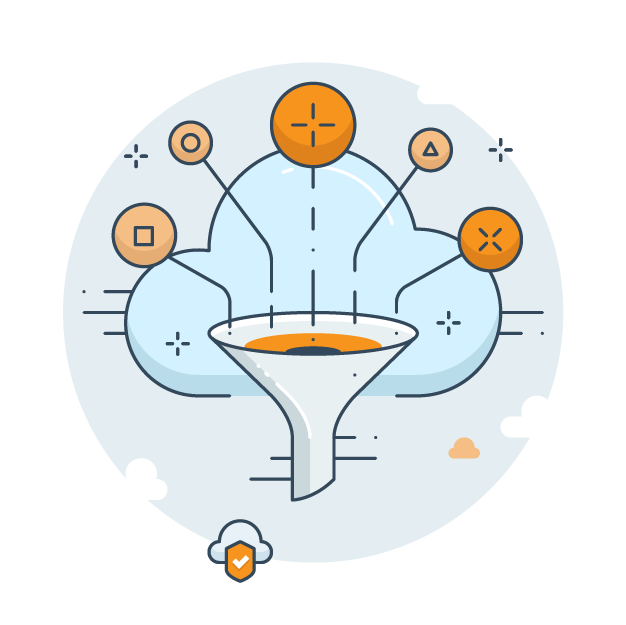 |
Resource pooling Cloud is a multi tenant platform. This means that multiple users can use a cloud service and be provided with the number of resources that they require, without being able to regulate or know exactly where the resources are located. |
 |
Rapid elasticity At any given time, users can acquire more or fewer cloud resources as they scale up or down, corresponding to the business’s demand. Companies can quickly upgrade or downgrade storage options or move from one as-a-service choice to another without needing to make a substantial change to its current IT infrastructure. |
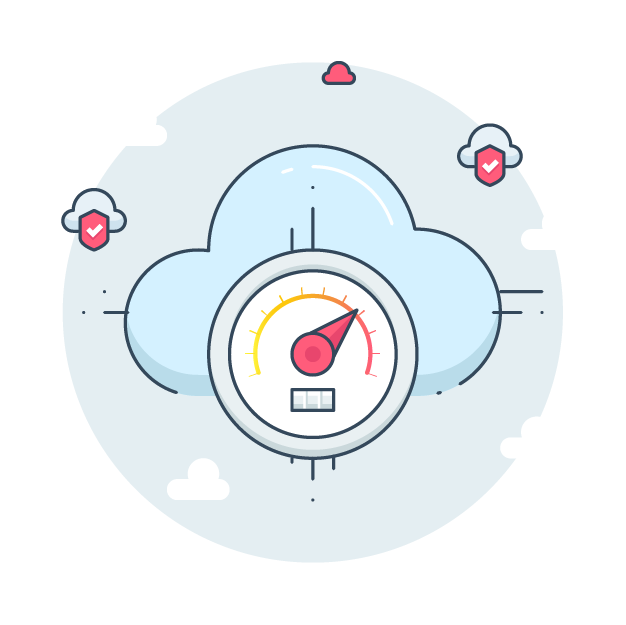 |
Measured service To supply an increasing demand, cloud service providers are able to provide enough resources to users that require more in order to continue their service. Because of its being highly measured, users’ usage or consumption levels are accurately observed, controlled, and detailed for both users and providers. |
Types of Cloud Computing
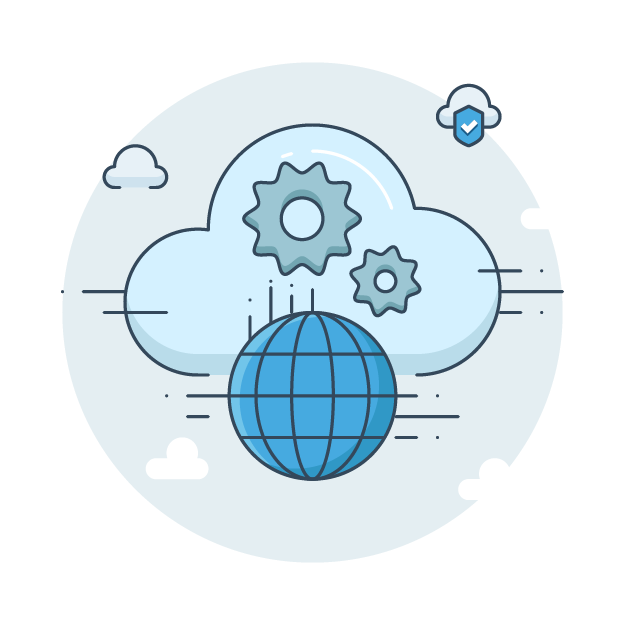 |
|
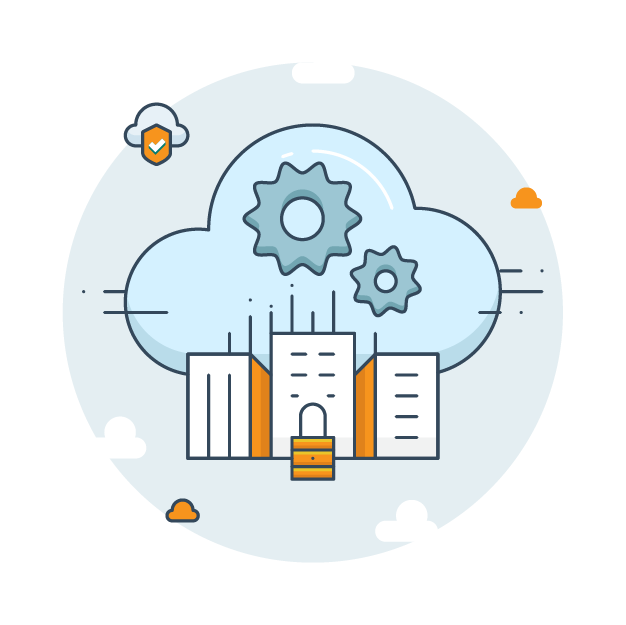 |
|
 |
|
Cloud Computing Service Models
Software as a Service (SaaS)
SaaS is the most widely used type of cloud service model. Applications are hosted by a cloud-based service provider and can be accessed over a network or via the internet. Simply put, it's using essential software that’s not saved on a computer, but instead, on a server that can be accessed via the internet.
SaaS providers manage, maintain, and have control over the cloud infrastructure (both hardware and software) as well as its security. SaaS examples include Gmail or Office 365, Google Apps, Salesforce, and Netflix. Because of its user-friendly nature, SaaS does not require technical skills to use or adopt.
Benefits:
Easy-to-use interface
New releases and automatic updates
Low upfront costs
High usage rates
Platform as a Service (PaaS)
PaaS is a cloud computing model where users or organizations can create, test, manage, and host their applications. It provides users with computing resources as well as tools and software to develop their apps, including middleware, database management, or the operating system. Like SaaS providers, PaaS providers manage, maintain, or have control over the cloud infrastructure as well as its security.
PaaS is mostly used by application developers and, hence, requires technical skills to operate.
Benefits:
Reduced administration costs
Increased agility
Centralized and simplified application management
Faster time to market
Infrastructure as a Service (IaaS)
IaaS is a cloud service model that provides users or organizations computing and processing resources, virtual machines (VMs), storage, as well as networks. Its servers may include physical as well as virtual ones. Unlike SaaS and PaaS, IaaS users have control over the cloud infrastructure as well as its security. The IaaS service provider takes care of the infrastructure while the user buys, installs, and manages the operating systems, middleware, and tools they need to develop their apps.
Highly technical professionals like infrastructure and network architects use IaaS.
Benefits:
Reduced startup and maintenance expenses
Increased scalability
More rapid innovation
Enhanced business continuity and disaster recovery

Why choose Trend Vision One™ – Cloud Security?
Advancing security from data centers to cloud workloads, applications, and cloud-native architectures, Cloud Security provides platform-based protection, risk management, and multi-cloud detection and response.
Shift from disconnected point products to a cybersecurity platform with unparalleled breadth and depth of capabilities including CSPM, CNAPP, CWP, CIEM, EASM, and more. A lot more.
Say good-bye to piecemealed discovery and inventory. One console with native sensors and third-party sources provides comprehensive hybrid and multi-cloud visibility to determine which assets might be exposed to attacks.
The first cybersecurity platform to assess and prioritize risk across on-premises and cloud assets based on the likelihood of potential impact of attacks. Map multiple data sources’ risk in a single index to help monitor your improvements.